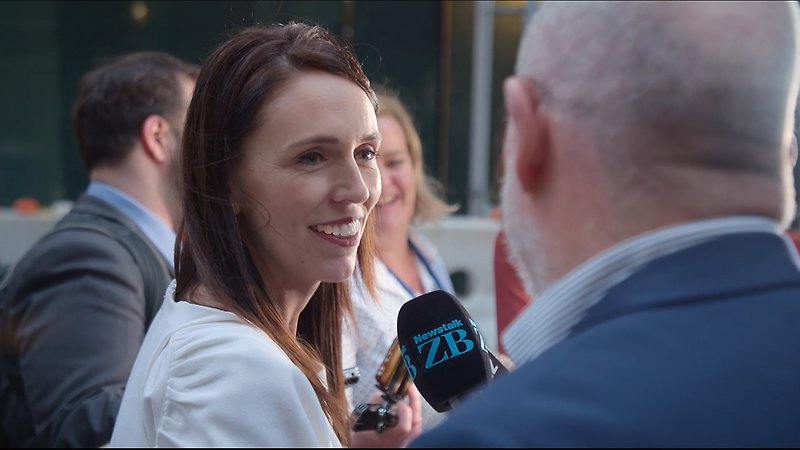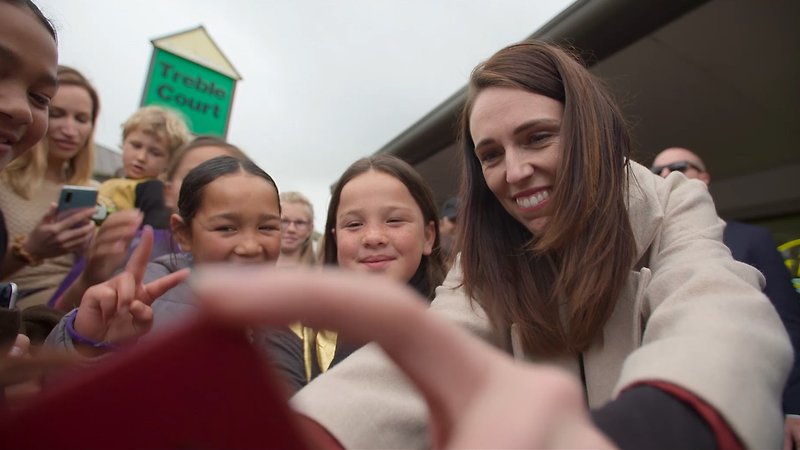The uncharted highs and crashing lows of Jacinda Ardern’s time at the helm of Aotearoa get their due in an intimate-access international documentary about state power and human vulnerability.


World leaders have rarely been captured with as much intimacy… As a portrait of struggles in the seat of power, the film presses all the right emotional buttons.
Prime Minister 2025
| Aug 02 |
| ||
| Aug 12 |
| ||
| Aug 16 | |
“I had two goals in COVID: to save people’s lives and keep everyone together. And I did one. But I didn’t manage to quite do the other.” In Jacinda Ardern’s reflections on her prime ministership of New Zealand from 2017 to 2023, the pressure to respond to the pandemic looms large. Labour Party policy goals on climate change and child poverty reduction were disrupted by a string of unprecedented crises. The 2019 Christchurch mosque shootings were followed by the Whakaari / White Island eruption. And then COVID-19 arrived. The government’s “go hard, go early” strategy was to become deeply divisive.
This was not a normal stint in office for Labour – nor was Ardern a typical leader. In their documentary, popular at Sundance, Lindsay Utz and Michelle Walshe frame her as a reluctant prime minister, who grappled with imposter syndrome and anxiety. At 37, and pregnant, she took over as party leader only seven weeks before a general election, with no time to carefully design her image. But she was an international media sensation, her public embrace of motherhood and appeal to kindness in stark contrast to a rise in strongarm personas. Home videos recorded by Ardern’s partner Clarke Gayford, and audio from the Alexander Turnbull Library’s Political Diary Oral History project, offer exceptionally personal insight.
The darker turn New Zealand’s political landscape took in the lead-up to Ardern’s bombshell resignation is reckoned with, as American conspiracy movements gained sway through the gateway of social media, and anti-vax protesters occupied Parliament grounds. As a virulent domestic backlash bit, it was the figure of Ernest Shackleton, the Antarctic explorer that kept his crew alive for two years after their ship became stuck in ice, that Ardern kept returning to – a model of collectivist optimism that preceded our era of digital outrage. — Carmen Gray